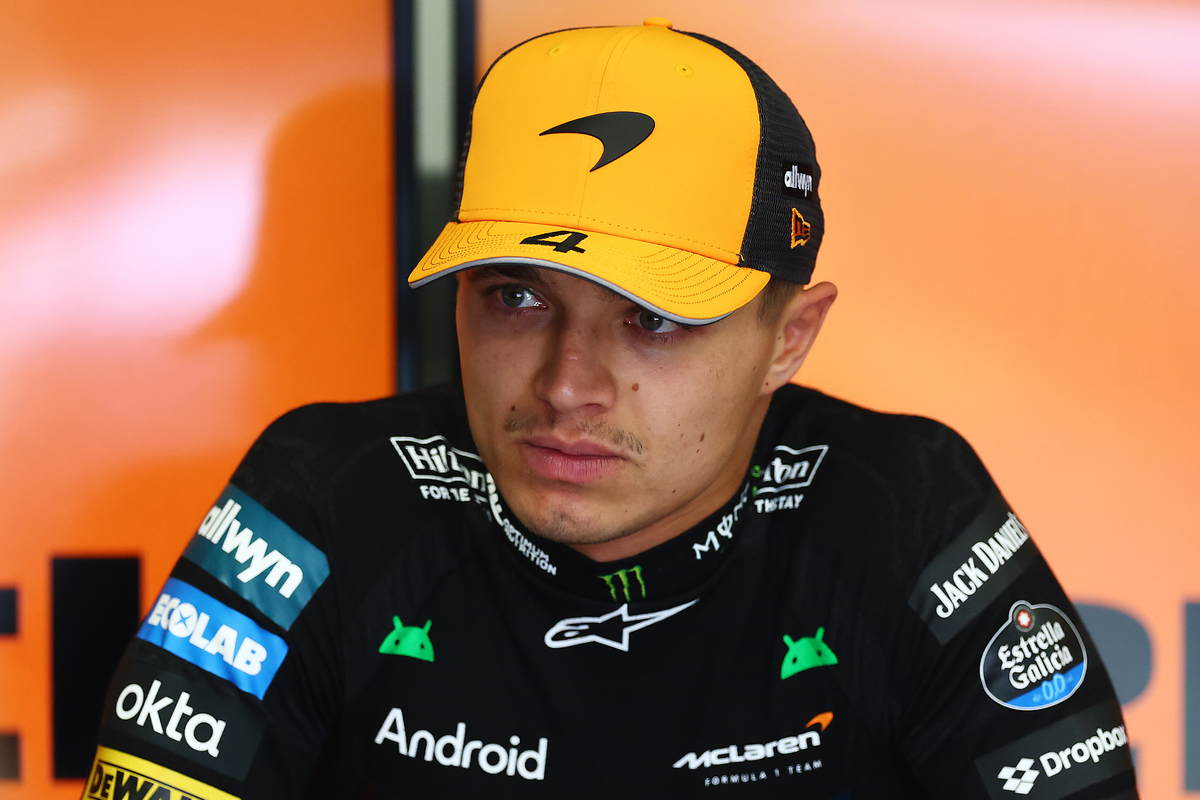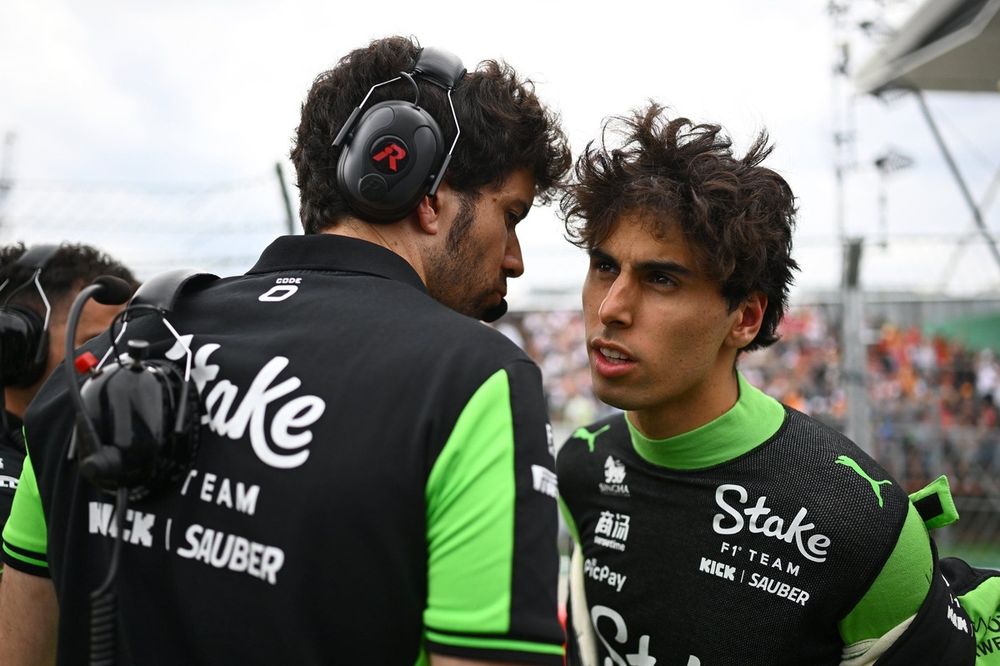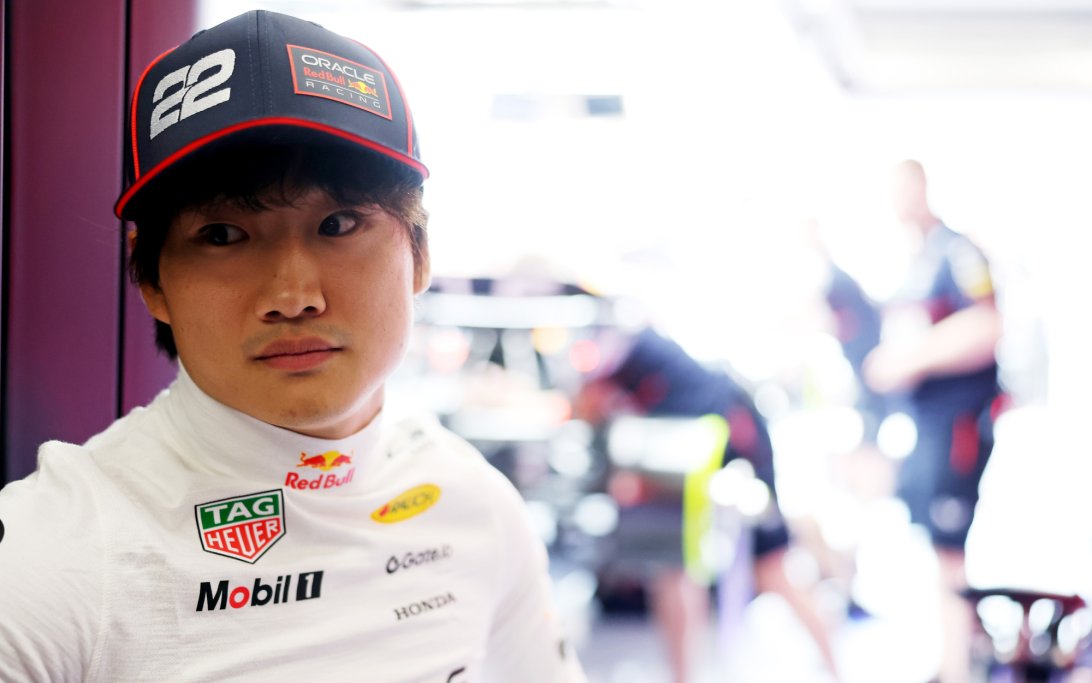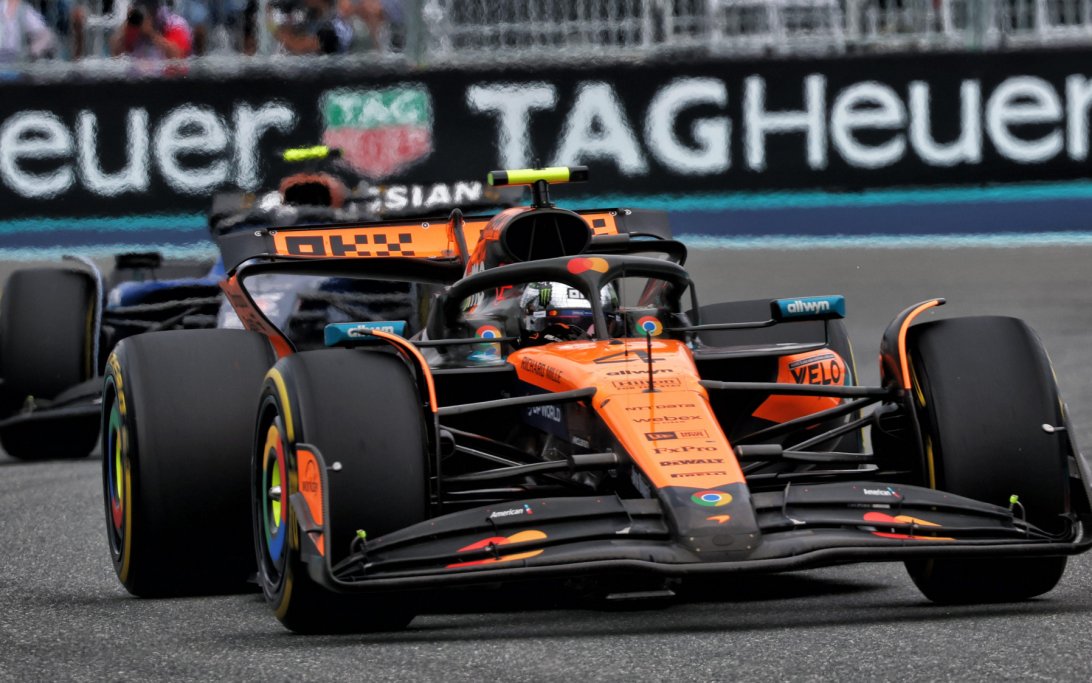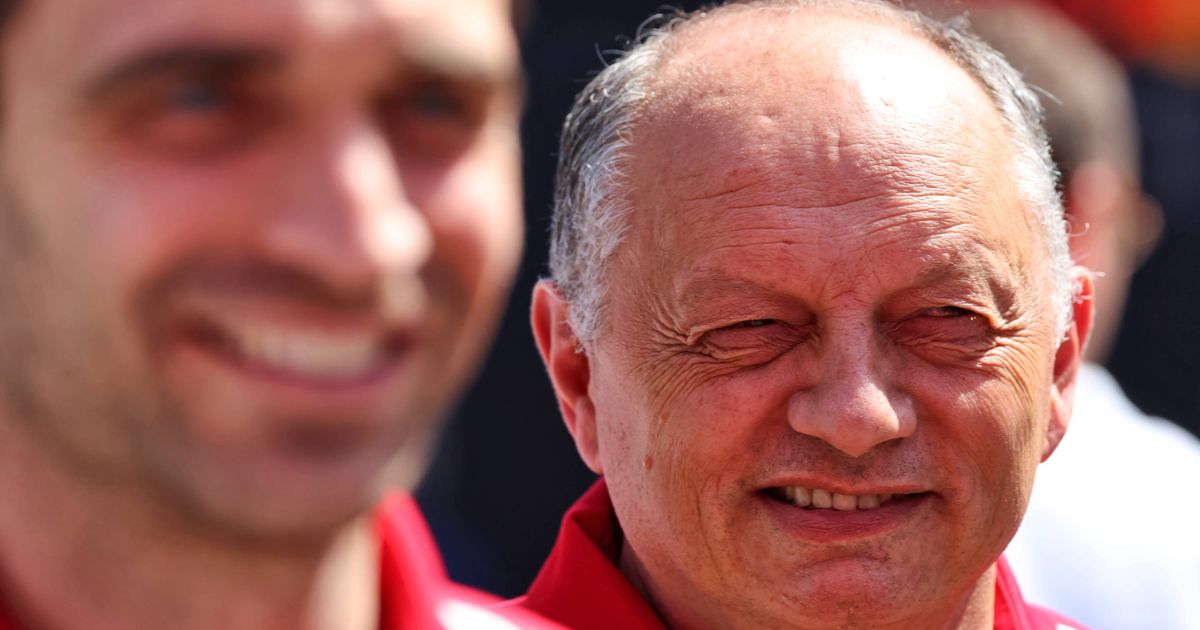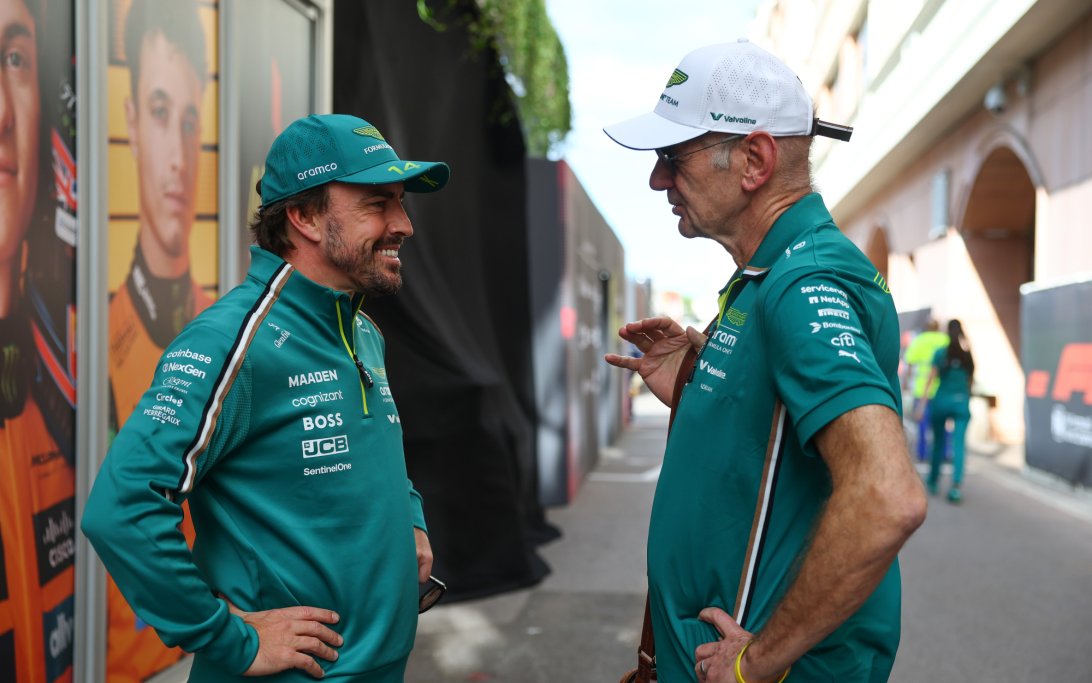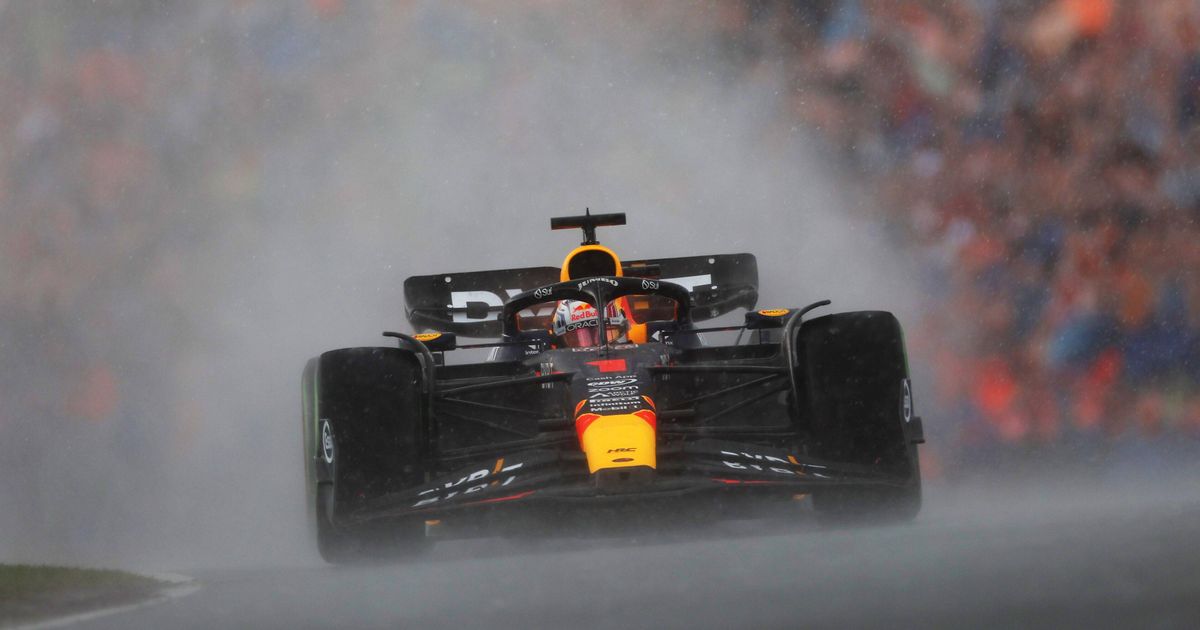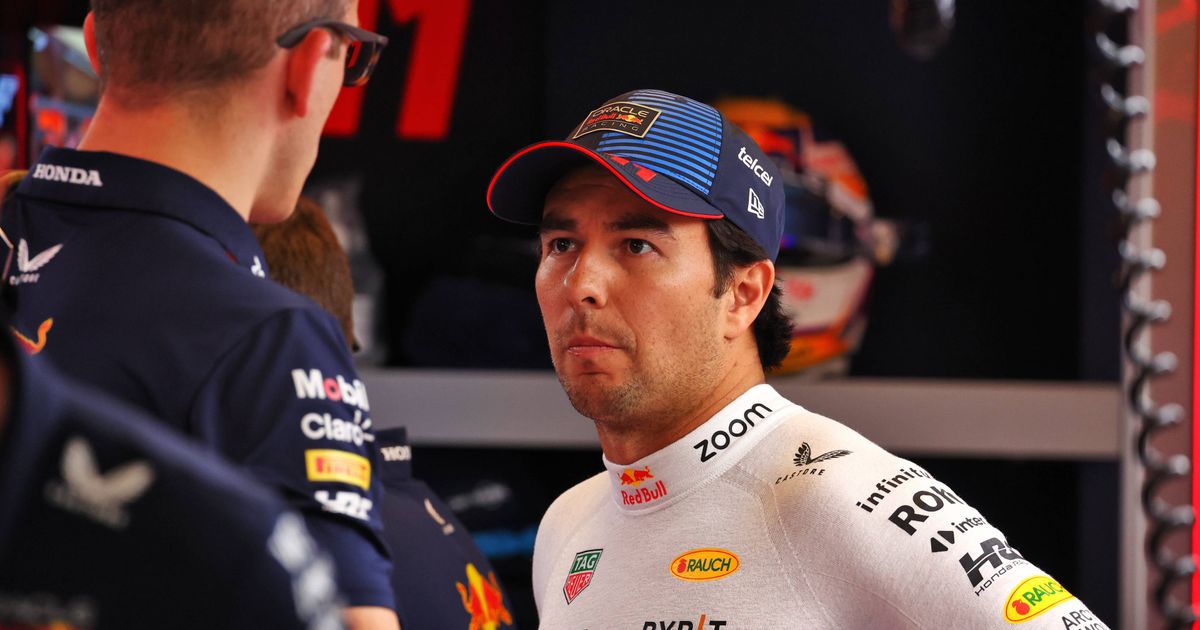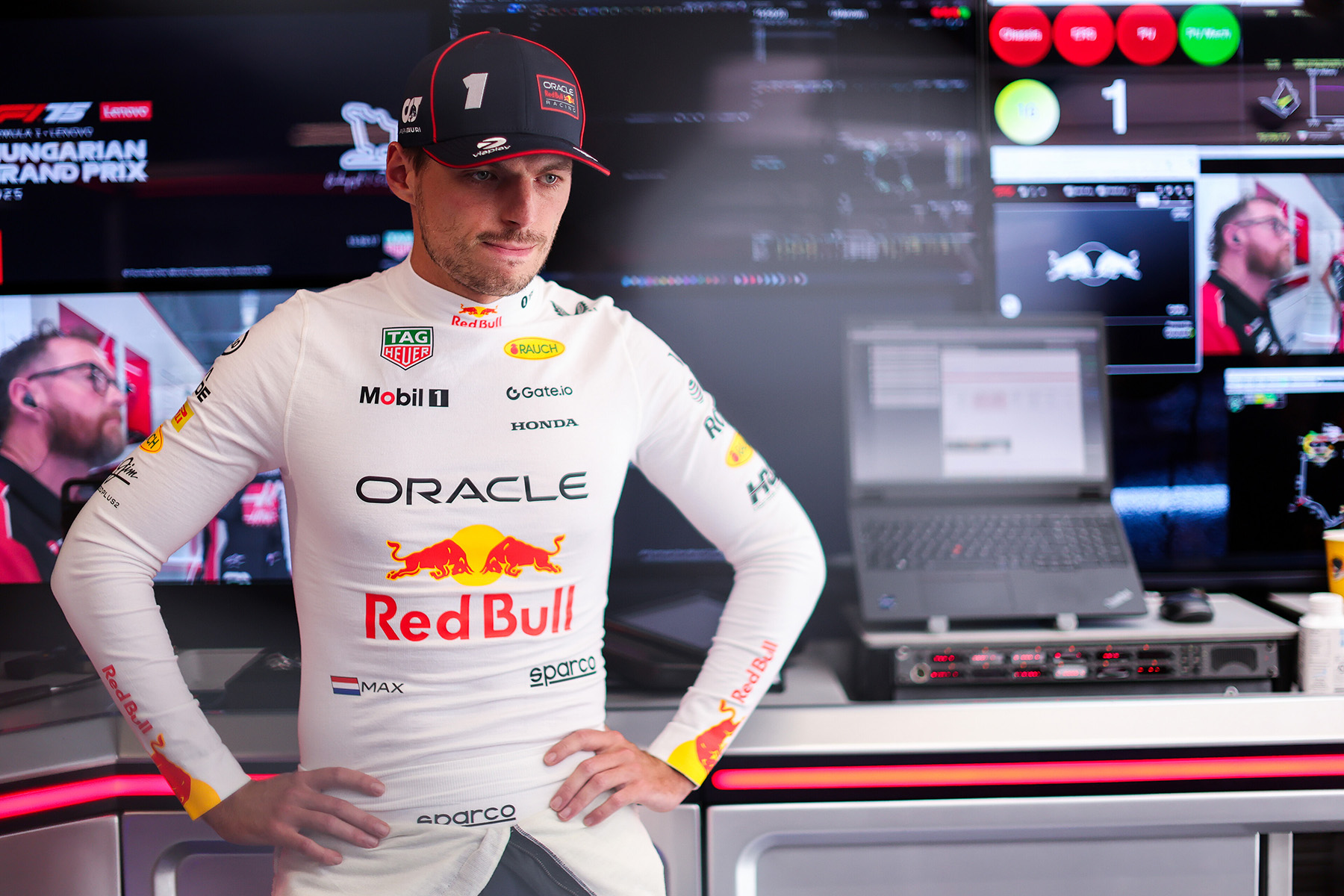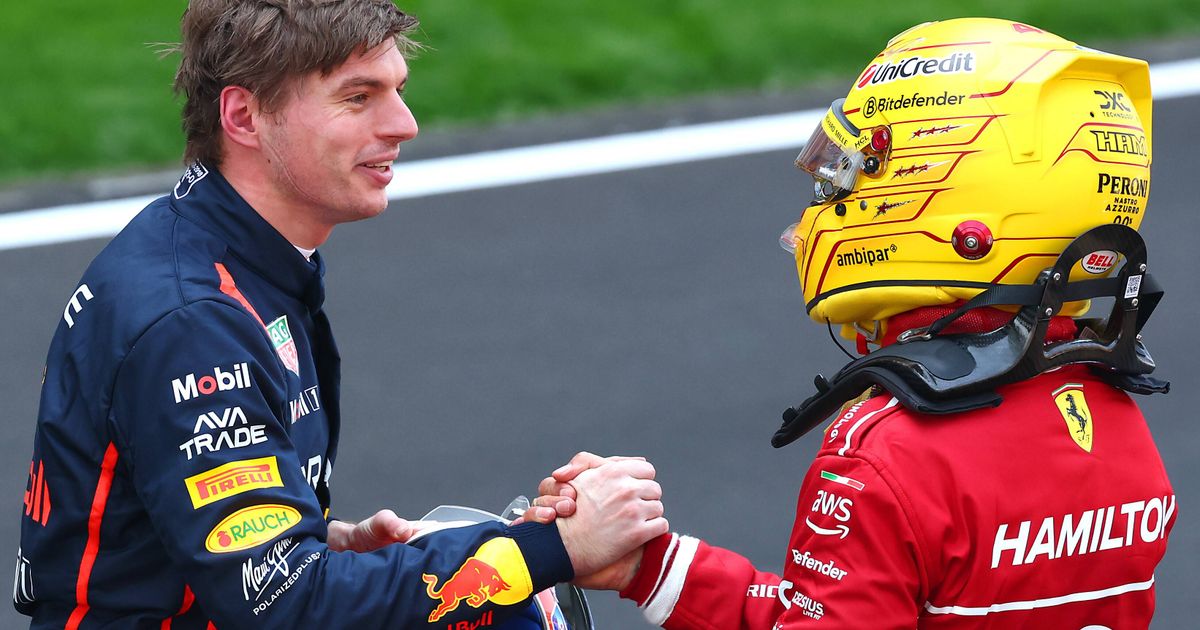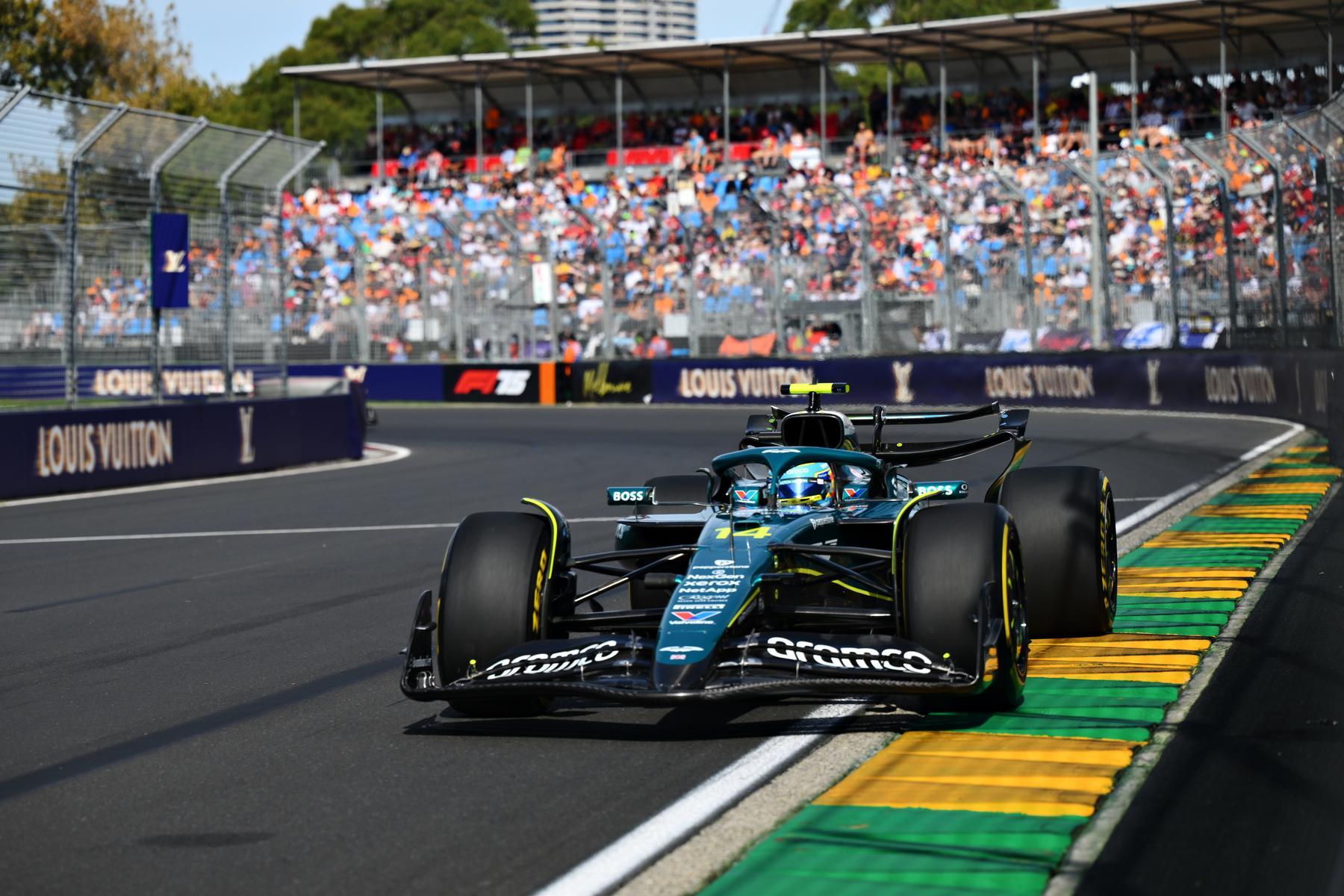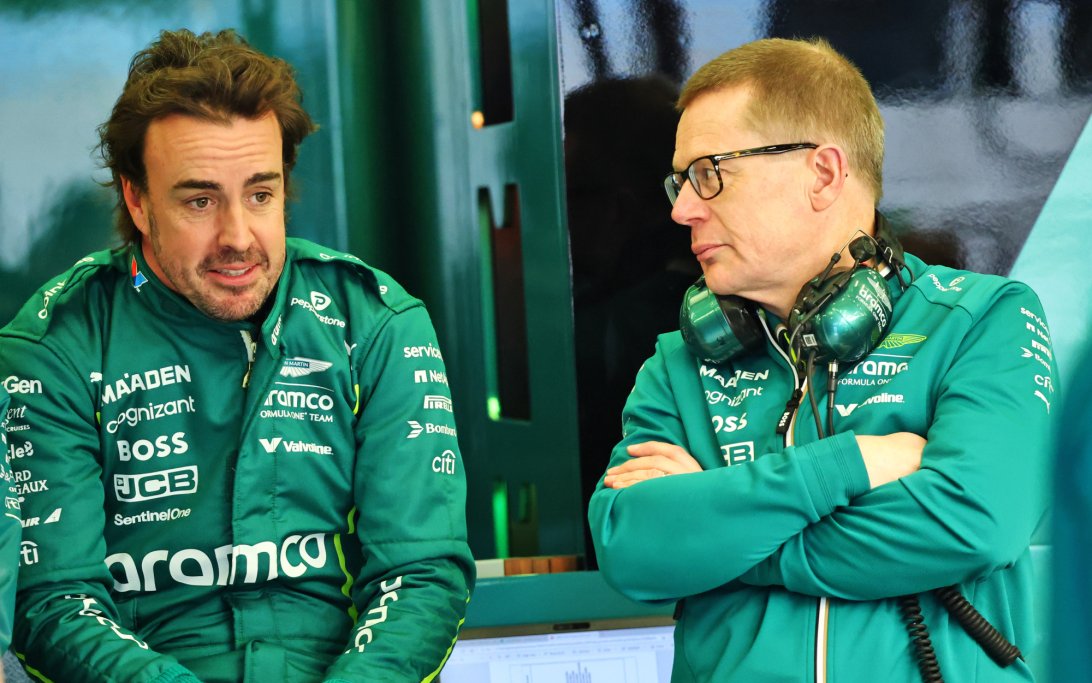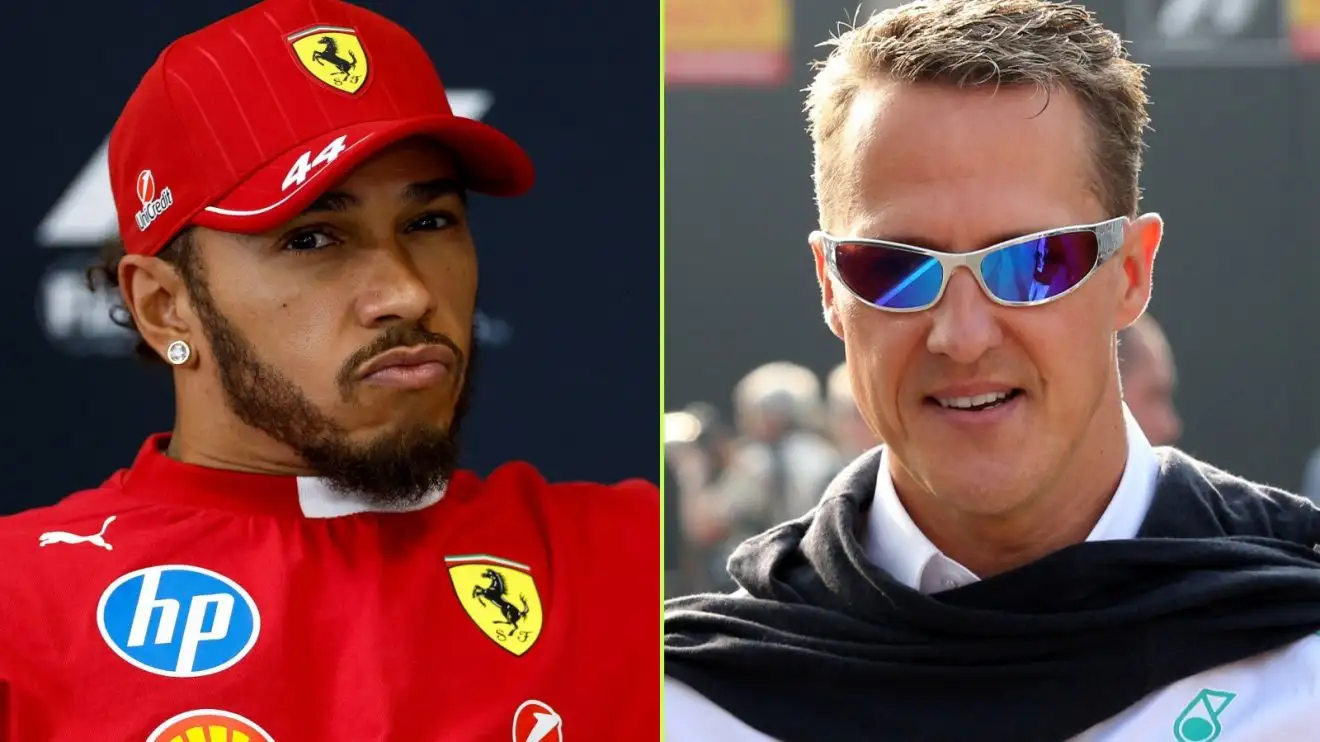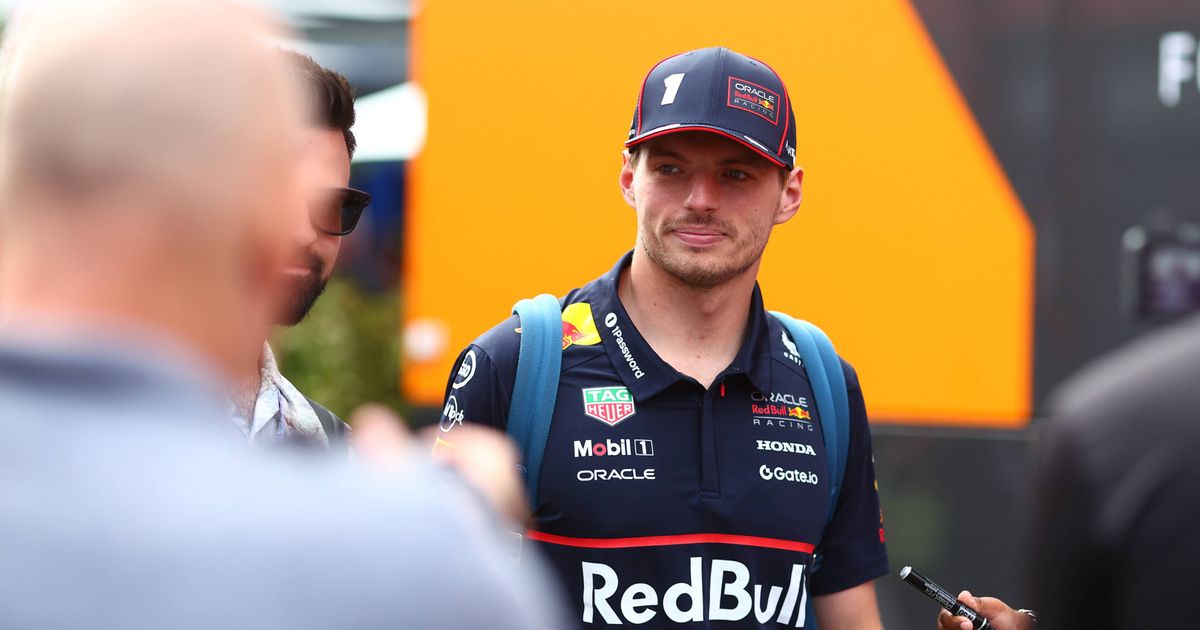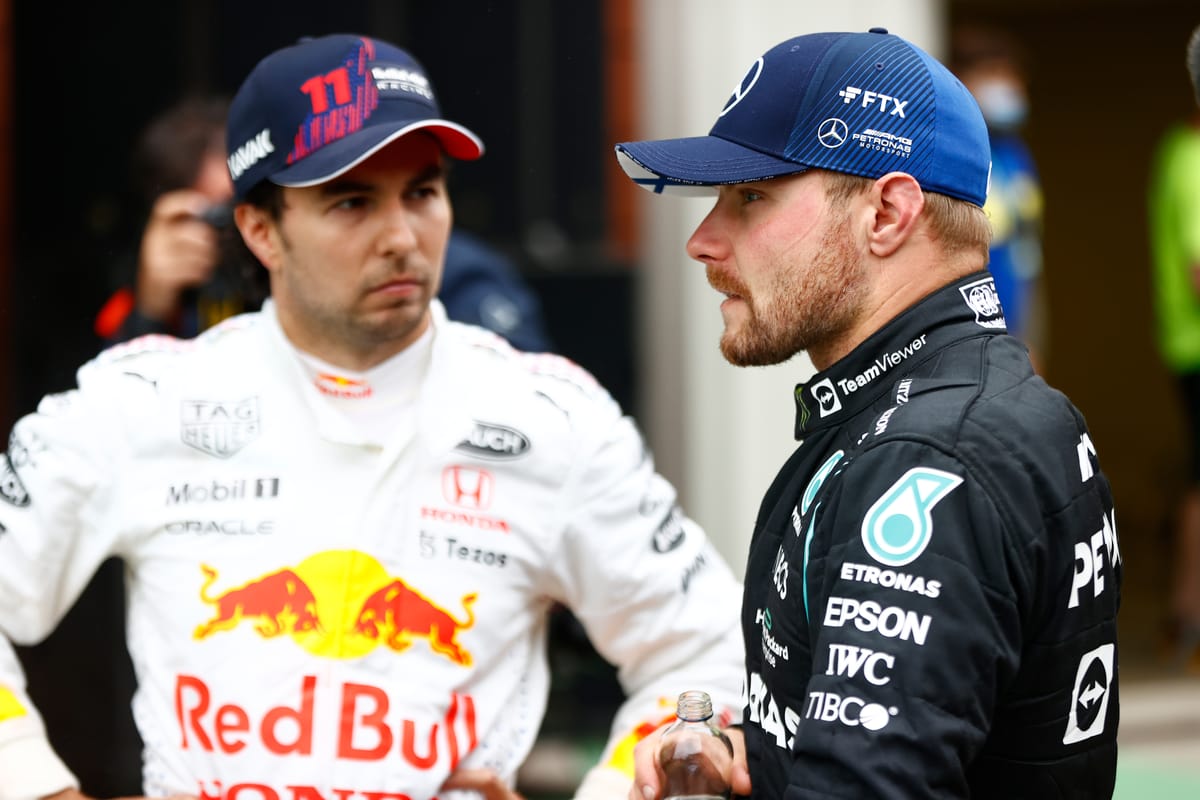Ferrari’s 2025 season has highlighted how punishing small weaknesses can be in modern Formula 1. However, for Ferrari, this period underscores a clear shift in focus towards the crucial 2026 campaign.
Why it matters:
Formula 1 is set for its most aggressive rule change in history in 2026, encompassing chassis, power units, active aerodynamics, fuel, and tire specifications. Ferrari believes that lessons learned now will be vital for future success.
The big picture:
Despite positioning themselves as championship contenders at the end of 2024, Ferrari seems to have fallen short in 2025. The SF-25, while a bold design step, struggles to match McLaren’s consistency and efficiency, forcing the Scuderia to adapt quickly.
The details:
Team principal Frédéric Vasseur defended the decision to change the car's architecture, stating, "It was the right decision. At the beginning, we had to learn how to adapt our car to the new architecture."
- Tyre Management: Vasseur pointed to McLaren's superior tire management, especially in extreme conditions, as a key differentiator.
- Early Season Impact: Ferrari's early-season disqualification in China had lasting effects. To prevent repeat failures, the team raised the car, compromising areas like qualifying preparation. Vasseur noted, "Every millimeter is a position on the grid. To solve the problem, you lose focus on other things."
- Philosophy Shift: Ferrari has moved to prioritize stability and predictability over raw downforce, addressing fluctuations in aero performance that undermine driver confidence. Vasseur explained, "If he can't be sure what the car is doing, he's too far below the limit."
What's next:
Looking to 2026, Vasseur believes developments in suspension and braking will carry over, providing an advantage even if aerodynamics won’t directly. Ferrari’s 2025 may be a story of compromises, but these lessons are seen as crucial for a strong 2026 title bid.
